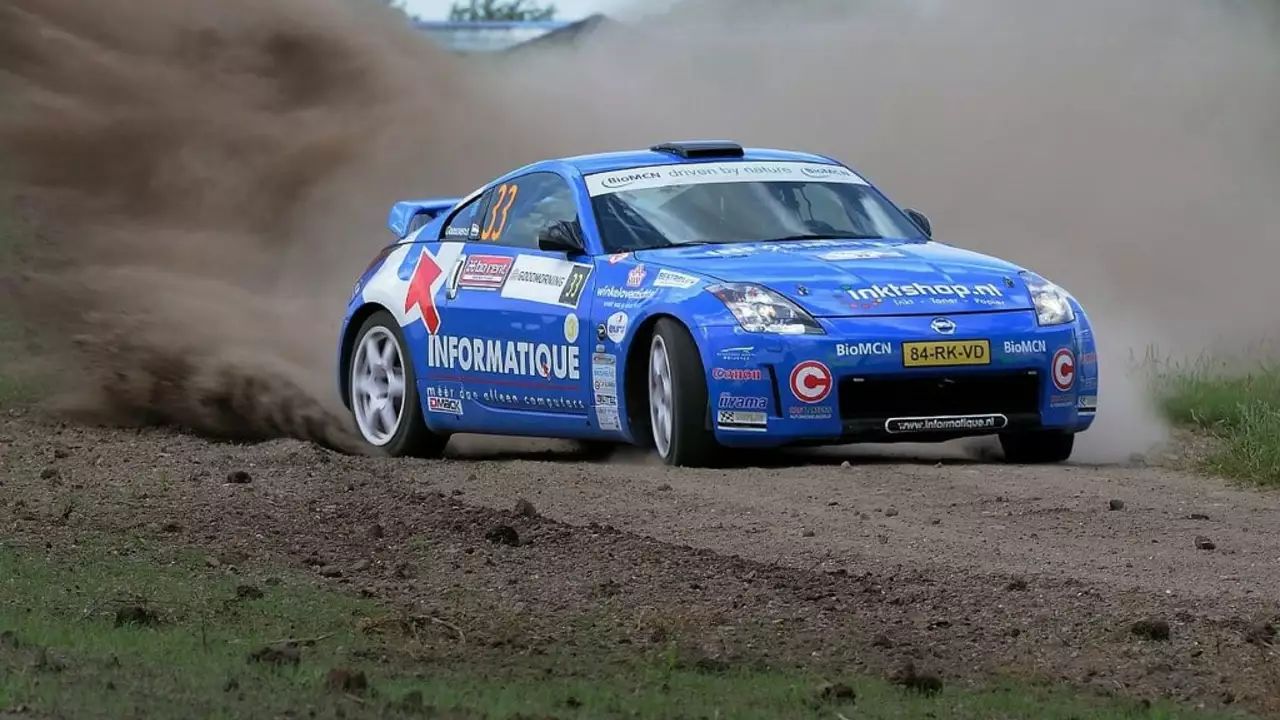Driving Conditions in UK Endurance Rally – What You Need to Know
Ever wondered why a rally stage can feel like a slippery playground one day and a bumpy desert the next? The secret lies in the driving conditions – the mix of road surface, weather and terrain that makes each rally unique. In the UK you’ll face everything from dry tarmac to muddy forest tracks, often in the same event. Getting a grip on how these conditions change your car, your tyres and your driving style is the first step to a fast, safe run.
Surface Types and How They Change the Game
Most UK rallies throw three main surfaces at you: tarmac, gravel and mud. Tarmac is the easiest – the car behaves like a normal road car, but you still need a softer suspension setup to handle the occasional pothole. Gravel is the classic rally mix: loose stones, patches of sand and sharp corners. Here a slightly higher ride height and a sturdy drivetrain protect you from under‑car damage. Mud appears after rain, especially in forest stages. The depth of the mud dictates whether you need a narrow tyre with deep treads or a wider tyre that can float on the surface. Remember, the deeper the mud, the slower you’ll be, but keeping momentum is key.
Weather – The Real Wild Card
British weather doesn’t ask for permission. A sunny morning can turn into a heavy downpour by lunch, and that change affects grip instantly. When rain hits, the water film on tarmac reduces friction dramatically; you’ll need to brake earlier and steer smoother. On gravel, wet conditions turn the loose stones into a slick, slushy mess – a tyre with extra siping helps push water out. Snow is rare but not impossible in higher areas; fitted studded tyres and a softened suspension keep the car stable on icy patches.
Don’t just watch the forecast – listen to the co‑driver’s pace notes. They’ll flag upcoming changes like “wet gravel” or “ice patch” so you can adapt on the fly.
Besides grip, weather also influences your engine cooling and brake performance. In hot, dry days the brakes can overheat, so a brake‑cooling duct is a smart add‑on. In cold, wet conditions you’ll want a richer fuel mix to keep the engine running smooth.
Now that you know the basics, here are three quick steps to tackle any driving condition:
- Choose the right tyre. Match tyre width and tread depth to the surface and expected weather. A medium‑slick works on mixed tarmac/gravel, while a deep‑tread mud tyre is best for rainy forest stages.
- Adjust suspension. Raise the ride height for deep mud, lower it for smooth tarmac. Stiffer springs help on hard surfaces; softer shocks absorb bumps on rough tracks.
- Read pace notes and stay flexible. Even the best setup can’t overcome a missed note. Keep your eyes on the road, listen to the co‑driver, and be ready to change braking points on the fly.
Mastering driving conditions is less about memorising a set of rules and more about feeling the road under the car. The more you practice on varied surfaces, the quicker you’ll learn which adjustments work for you. So next time you line up at the start, think about the surface, the weather and the setup – and let the conditions work for you, not against you.
Good luck, and enjoy the ride!
Is FWD good for a rally?
After doing some research, it seems that front wheel drive (FWD) can indeed be good for rally racing. Despite some people's reservations, FWD vehicles can handle the twists and turns of a rally course quite well. In certain conditions like ice or snow, they can even outperform their rear wheel drive counterparts. However, it's important to note that driving style and skill are also key factors in rally racing. So, while FWD can be effective, it ultimately comes down to the driver's ability to navigate the course.
Read More

